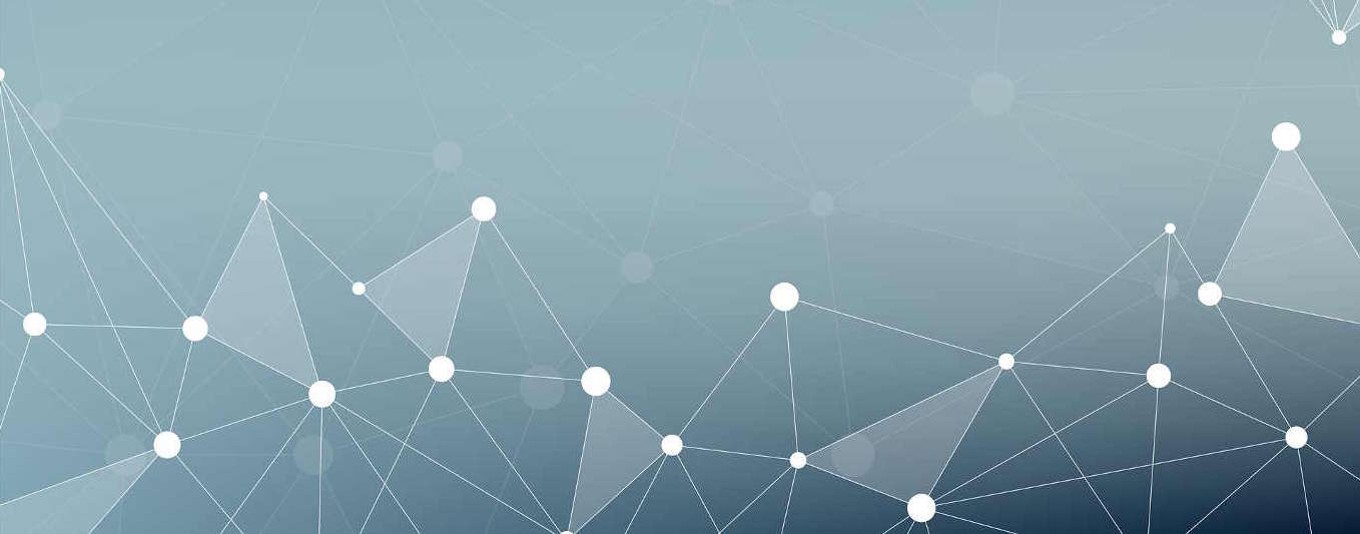During the last few decades, IT and software engineering have undergone many changes due to improvements in hardware, methodology and languages. These changes are mostly dictated by business needs with IT budgets being spent on maintenance and upgrade of existing software. However, upgrades, and migrations deplete resources before actual business benefits are realized. In this article, we examine how to achieve a successful revamp of legacy applications.
Evolution of application development
Previously, applications were written in popular languages and compiled into formats that were unique to a processor or operating system. These applications were self-contained, stand alone, and locked in private data centers. The idea behind this approach was based on the assumption of long term usage of these applications. In the recent past, this has undergone a fundamental change. These heavyweight applications served a very limited purpose. As technical innovations increased, these applications have become unwieldy and negatively impacted thriving businesses.
The development process has also become much faster. It has evolved from the traditional waterfall methodology to iterative models and DevOps practices that are characterised by automated and continuous integration and delivery. The development trend has changed from complete ready-to-deploy applications to smaller release cycles of microservices and application programming interfaces (APIs).
These applications are built on standard web services and are intuitive in nature, which means they answer questions about what the users want from the application and how the application should respond to the user requests. They are also characterised by flexible deployment and lighter hardware. These applications are written to standards like Java Platform, Enterprise Edition (Java EE) etc. for easy deployment on combinations of software and infrastructure.
Cloud computing is being used in deployment, management and support of mission-critical applications for reliable, cost-effective enterprise computing. So, it is possible to modernize an existing application to yield higher value for money while remaining updated with changing technologies.
Major challenges of maintaining legacy applications
CIOs today struggle with maintenance and upgrade of legacy systems while retaining functionality. The major challenges and hurdles are:
- Hardwired nature of the legacy systems by rigid process flows, which makes integration with customer relationship management (CRM) software and internet-based business applications almost impossible.
- The applications are based on outdated languages, which makes it difficult for IT managers to find developers to work on these applications.
- Many of these systems continue to provide a competitive advantage by supporting existing business processes and have tonnes of historical data, which makes them difficult to let go.
Modernisation approaches
There are different modernisation approaches for legacy systems. The right approach must be chosen based on the problem that the organisation is trying to solve. The organisation must understand if the problem is caused by technology, architecture or functionality of the application, and how each modernization approach improves those aspects. Three suggested approaches are:
- Migration and enhancement: This is one of the most popular approaches to application modernization, and also the easiest way to ensure the product will keep serving user needs for many years. This includes UI/UX updates, performance optimization, and database migration. But a drawback is the core business logic and architecture mostly remain unchanged, as this type of change requires a more invasive approach.
- Correction and growth: If the product technology stack is relatively modern and does not represent a threat to future product growth, modernization can have some minor enhancements or corrections. This can be architecture optimization or code refactoring, UX updates or performance optimization without significant changes in product business logic. As soon as the product is updated, more features can be added on top of it. These might be third-party integrations or custom-built modules.
- Complete software reengineering: This is the most extreme and complex approach. It involves extraction based on teh company’s business strategy and growth outlook. It means, in order to reengineer the product, the company needs to identify the features that are still crucial to the business and the ones that are no longer used or required. After that, the required features are prioritized and modified if needed. Taking the legacy system as a basis, the team creates an up-to-date product with matching capabilities, but having better performance, look and feel, modern technologies and scalable architecture.
Modernisation with Acropolis
Maintaining legacy applications is burdensome, so there is a need to revamp. The revamp process needs to be done by choosing the right approach. Acropolis can help you by being a trusted partner throughout your modernisation journey. Contact us right now to have our technology experts at your service! All you need to do is have a detailed discussion with us about your needs, and upon your approval of our recommended solutions, we will deliver quality modern software that will help you achieve your business goals! And at affordable rates too! Even better, our services are available to businesses anywhere in the world! We cater to clients from US, UK, Australia, Germany, France and many more countries!











